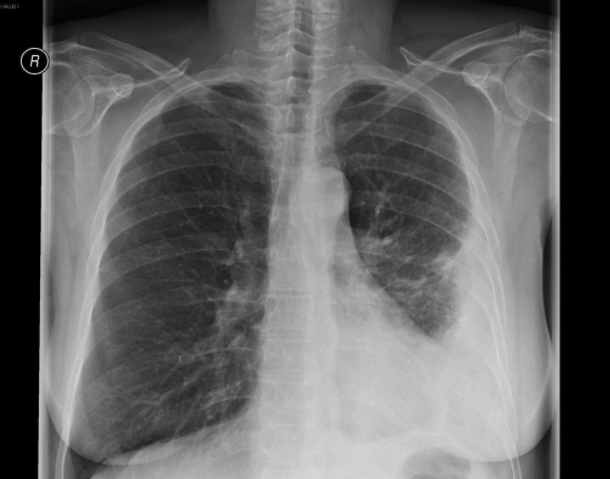

Symptoms
The patients who are suffering from empyema experience fever, fatigue, chills, loss of appetite, and sweating. However, elderly patients and those who are suffering from diabetes may not show any of the specific symptoms.
The other symptoms may also depend on the site where the infection is residing. If you have pleural empyema, you may also experience coughing, chest pain, and shortness of breath. If you have gallbladder empyema, you are most likely to feel vomiting, nausea, severe and constant pain in the right upper or upper middle abdominal region, and pain travelling towards the right shoulder blade.
Diagnosis
The diagnosing can be done through blood tests, which will help the doctor to identify whether there is an infection or not. Chest X-ray, CT, and ultrasound can be a tool used by doctors to validate whether the empyema exists or not and its location if it exists in the body. These procedures also determine the thickness of the empyema and the cause of this condition.
Treatment
The first thing done by the doctor will be to control the infection by providing the patient with antibiotics. If this is not suitable and there is no recovery, you will go through a small invasive procedure in which the doctor will introduce an object in your body. The invasive process is called Percutaneous Drainage. In this process, the interventional radiologist puts a tube by using medical visualization techniques, like MRI and extraction of the pus out of your body.
Dr Nikolas Charalambous is named among the most prominent interventional radiologist. Get a free consultation for a minimally invasive treatment of brain, neck, and spine.